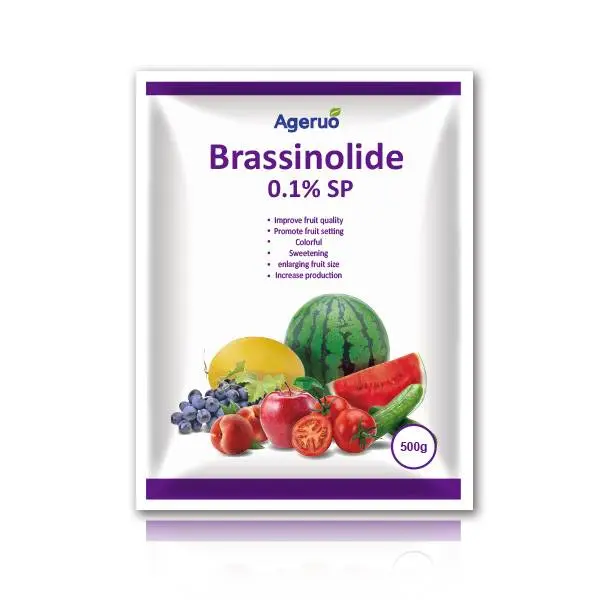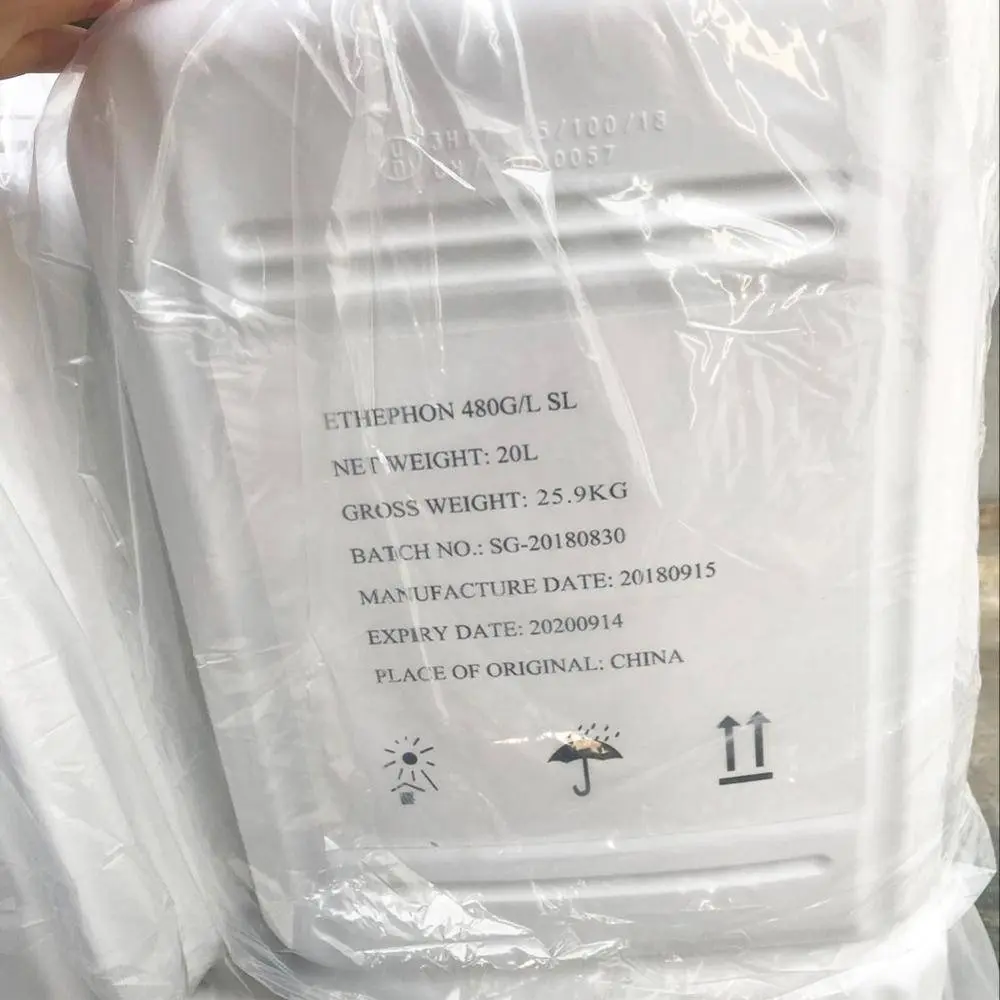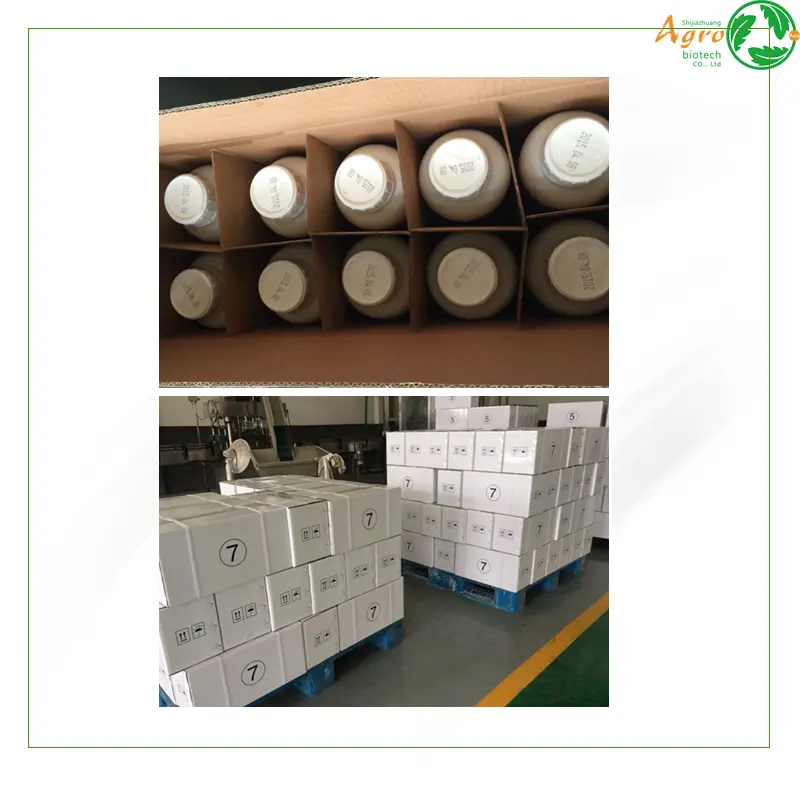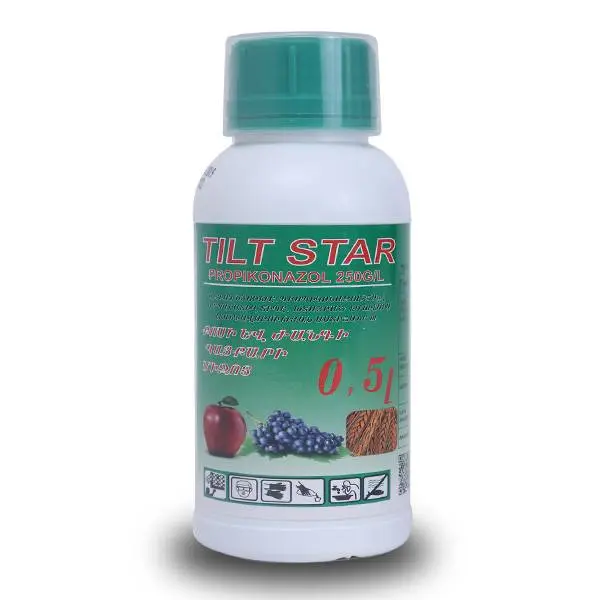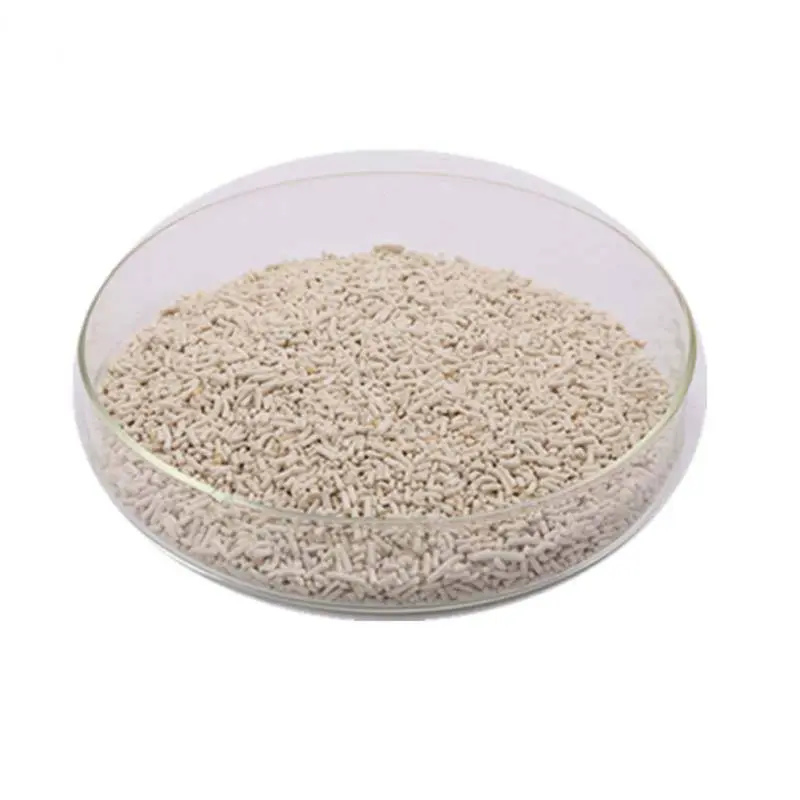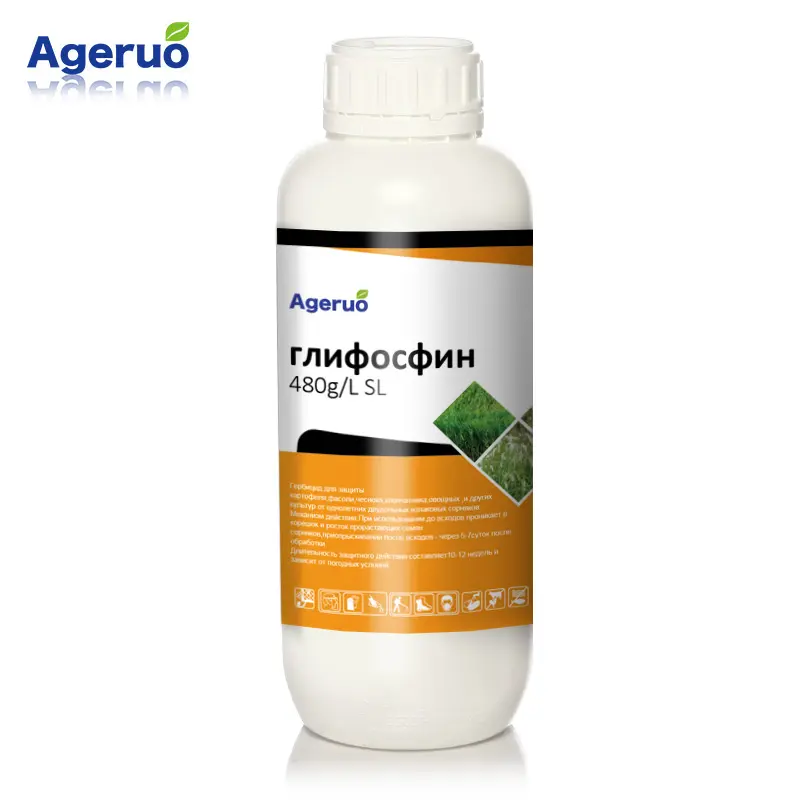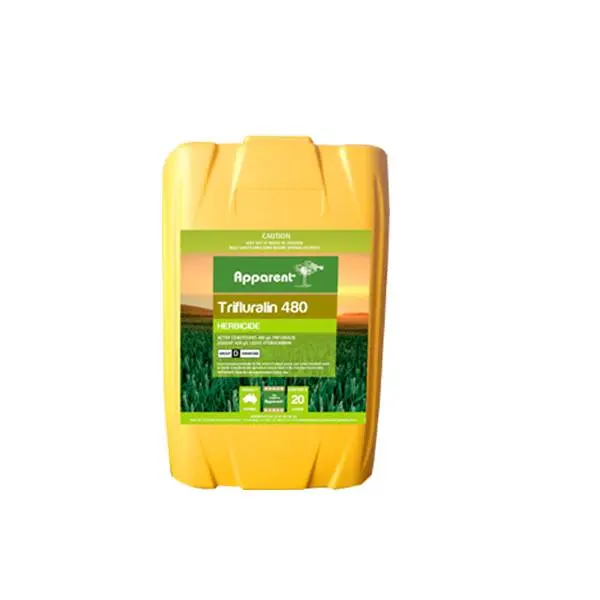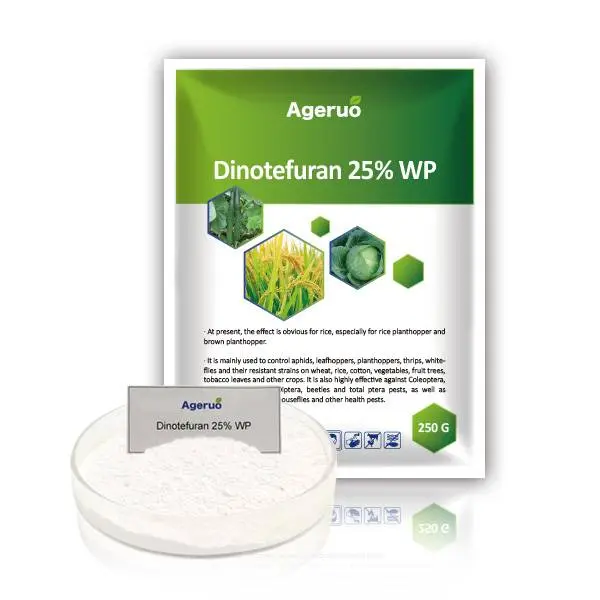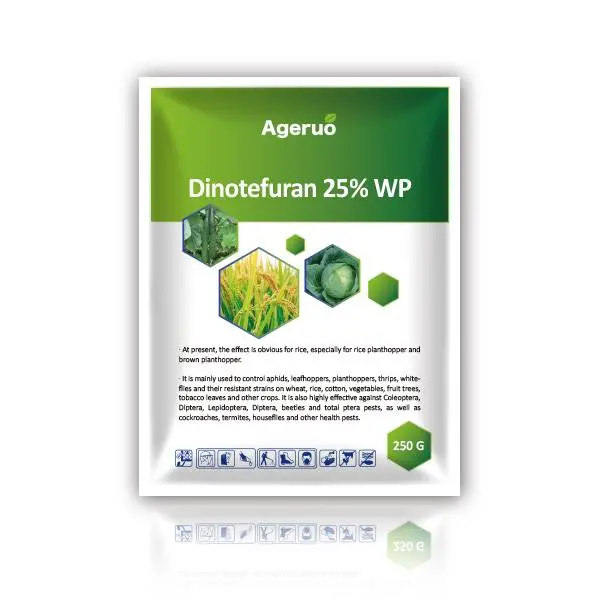- Fungicide
-
Herbicide
- 2,4-D Amine
- Atrazine
- Carfentrazone-ethyl
- Clethodim
- Cyhalofop-butyl
- Diquat
- Diuron
- Glufosinate-ammonium
- Glyphosate
- Haloxyfop-r-methyl
- Linuron
- Metribuzin
- Nicosulfuron
- Oxyfluorfen
- Paraquat
- Pendimethalin
- Penoxsulam
- pinoxaden
- Quinclorac
- Quizalofop-p-ethyl
- Rimsulfuron
- Sodium Nitrophenolate
- Thifensulfuron Methyl
- Tribenuron-methyl
- Trifloxysulfuron
- Trifluralin
-
Insecticide
- Abamectin
- Acetamiprid
- Alpha cypermethrin
- Amitraz
- Bifenazate
- Bifenthrin
- Cartap
- Chlorfenapyr
- Chlorpyrifos
- Cyromazine
- Deltamethrin
- Diflubenzuron
- Dimethoate
- Dinotefuran
- Emamectin benzoate
- Fenthion
- Fipronil
- Flonicamid
- Imidacloprid
- Indoxacarb
- Lambda cyhalothrin
- Lufenuron
- Malathion
- Matrine
- Metaldehyde
- Methomyl
- Profenofos
- Pyridaben
- Spirodiclofen
- Thiamethoxam
- Thiocyclam
- Plant Growth Regulator
- Complex Formula
- Seed-Dressing Agent
- Fertilizer additive
- New Products
Neonicotinoid Insecticide Dinotefuran 25% WP for Pests Control
product detail

Dinotefuran Introduction
Dinotefuran is an insecticide with contact and stomach toxicity. Because of its good imbibition and permeability, it can be quickly absorbed and infiltrated by the roots, stems and leaves of plants, and can conduct to the top or transfer from the leaf surface to the leaf. Dinotefuran works quickly to reduce crop damage caused by pests. Dinotefuran is relatively low toxicity to mammals and has a relatively low impact on the environment.
Related reading: What are the uses and applications of Dinotefuran?
| Product Name | Dinotefuran 25% WP |
| Dosage Form | Dinotefuran 25% SG;25%WP;70%WDG |
| CAS Number | 165252-70-0 |
| Molecular Formula | C7H14N4O3 |
| Brand Name | Ageruo |
| Place of Origin | Hebei,China |
| Shelf life | Dinotefuran |
| The mixed formulatiion products | Dinotefuran 3% + Chlorpyrifos 30% EWDinotefuran 20% + Pymetrozine 50% WGDinotefuran 7.5% + Pyridaben 22.5% SC Dinotefuran 7% + Buprofezin 56% WG Dinotefuran 0.4% + Bifenthrin 0.5% GR Dinotefuran 10% + Spirotetramat 10% SC Dinotefuran 16% + Lambda-cyhalothrin 8% WG
Dinotefuran 3% + Isoprocarb 27% SC Dinotefuran 5% + Diafenthiuron 35% SC |
Principle of action
Dinotefuran, like nicotine and other neonicotinoids, targets nicotinic acetylcholine receptor agonists.
Furamide is a neurotoxin, which can disturb the central nervous system of insects by inhibiting acetylcholine receptor, thus interfering with normal nerve activity of insects, causing interruption of stimulation transmission, and making insects in extremely excited state and dying in paralysis gradually.
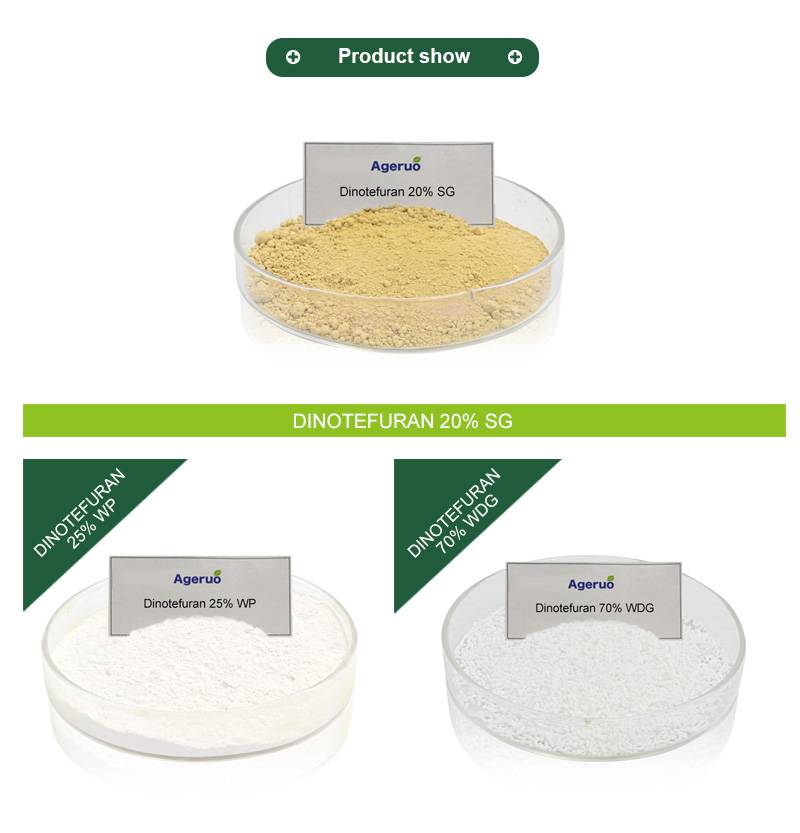
Dinotefuran Uses
Dinotefuran is mainly used to control aphids, leafhoppers, planthoppers, thrips, whiteflies, etc. on wheat, rice, cotton, vegetables, fruit trees, tobacco and other crops. It is also highly effective against Coleoptera, Diptera, Lepidoptera and Homoptera pests. It also has good effects on cockroaches, termites, houseflies and other health pests.
How to use dinotefuran on different crops and its dosage
Vegetable use and dosage
When dinotefuran is used on vegetables, it is usually applied by foliar spraying or root irrigation. The recommended use rate is 150-200 g/ha, which can be adjusted according to the pest species and occurrence.
Use and dosage on fruits
In fruit crops, dinotefuran can also be controlled by foliar spraying and root irrigation. The recommended dosage is 200-250 grams per hectare, which is effective in controlling a wide range of pests on fruit trees.
Flower use and dosage
In flowers, dinotefuran can be used as a foliar spray to control pests. It is usually applied at a dose of 100-150 grams per hectare to ensure that flowers are protected from pests during the growing period.
Usage and dosage on food crops
For food crops, the use of dinotefuran is mainly concentrated at the seedling and growing stages. The recommended dosage is 150-200 grams per hectare for effective protection against pests.
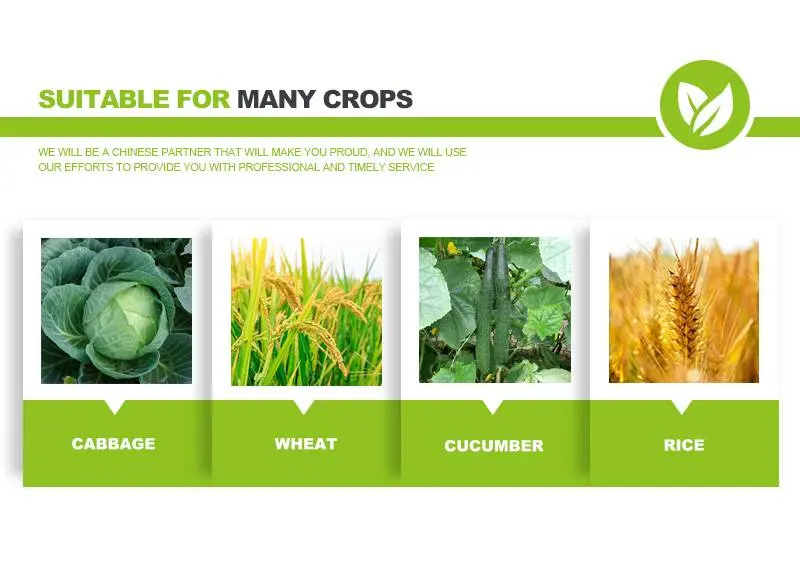
Application scenarios and methods of dinotefuran in home gardening
Application in home flower growing
dinotefuran is suitable for pest control in home flower growing. Through foliar spraying, it can effectively control aphids, whiteflies and other pests on flowers to ensure the healthy growth of flowers.
Application in home planting control
In home planting control, dinotefuran also performs well. Suspension or wettable powder can be used to quickly kill pests on greenery and maintain the ornamental value of household greenery.
Which pests is dinotefuran suitable for?
Effectiveness of dinotefuran against aphids
dinotefuran is highly effective against aphids. By foliar spraying or root irrigation, dinotefuran penetrates quickly into the plant and effectively controls the reproduction and spread of aphids.
Effectiveness of dinotefuran against whiteflies
Whiteflies are one of the common pests in agricultural production, and dinotefuran has a significant killing effect on them. After the application of dinotefuran, whiteflies will quickly lose their ability to move, thus achieving the purpose of control.
Effectiveness of dinotefuran against thrips
The effectiveness of dinotefuran against thrips is also outstanding. It not only kills the adult thrips quickly, but also inhibits the growth and development of the larvae and reduces the population density.
Control of leafhoppers by dinotefuran
Leafhopper is a pest that harms many kinds of crops. dinotefuran can effectively control the occurrence and harm of leafhopper through foliar spraying, and ensure the healthy growth of crops.
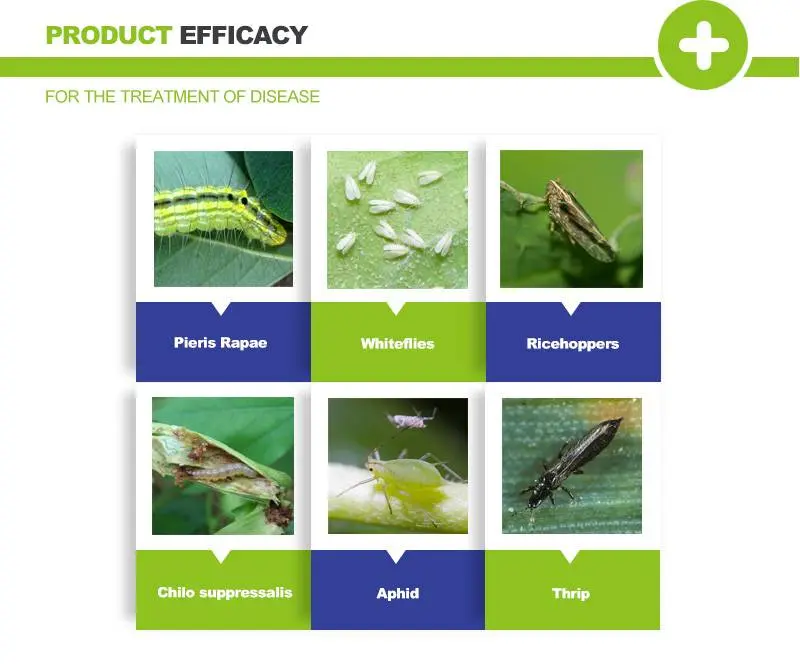
Using Method
| Formulation: Dinotefuran 25% WP | |||
| Crop | Fungal diseases | Dosage | Usage method |
| Cabbage | Aphid | 120-180 (g/ha) | Spray |
| rice | Ricehoppers | 300-375 (g/ha) | Spray |
| rice | Chilo suppressalis | 375-600 (g/ha) | Spray |
Comparison of dinotefuran with other insecticides
Comparison of insecticidal effect
Compared with traditional insecticides, dinotefuran has a more efficient insecticidal effect, can quickly kill a variety of pests, and has a lower resistance to pests.
Comparison of persistence period
dinotefuran has a longer shelf life, usually lasting several weeks, which can effectively control the reoccurrence of pests and reduce the frequency of pesticide use.
Comparison of safety
dinotefuran has lower toxicity to humans, animals and the environment, lower safety requirements for users during use, and less impact on beneficial insects.
Cost Comparison
Although dinotefuran is more expensive, its high insecticidal efficacy and long shelf-life make it more cost-effective for long-term use.
Effect of dinotefuran on beneficial insects
The toxicity of dinotefuran to beneficial insects, such as bees, is low, but care should be taken to avoid application during periods of peak bee activity to protect the survival of beneficial insects.
Impact of dinotefuran on biodiversity
Reasonable use of dinotefuran has a low impact on biodiversity, but prolonged use in large quantities may lead to a decline in some pest populations, which in turn may affect the ecological balance.
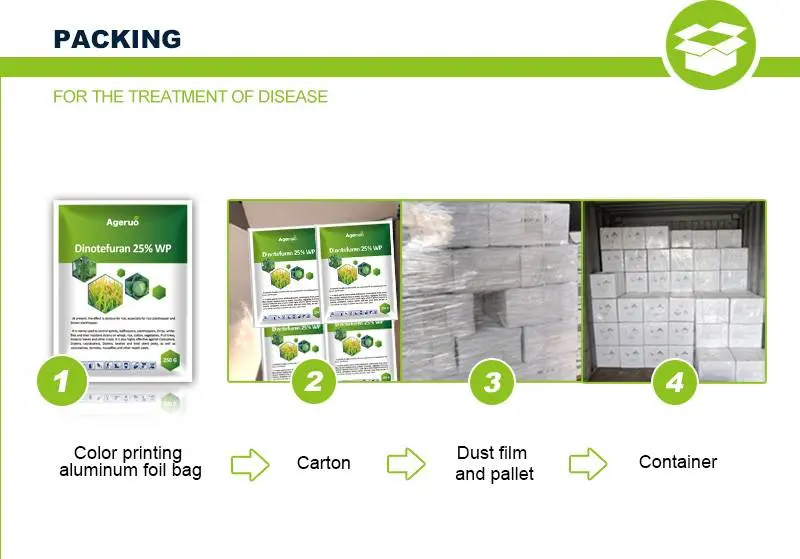



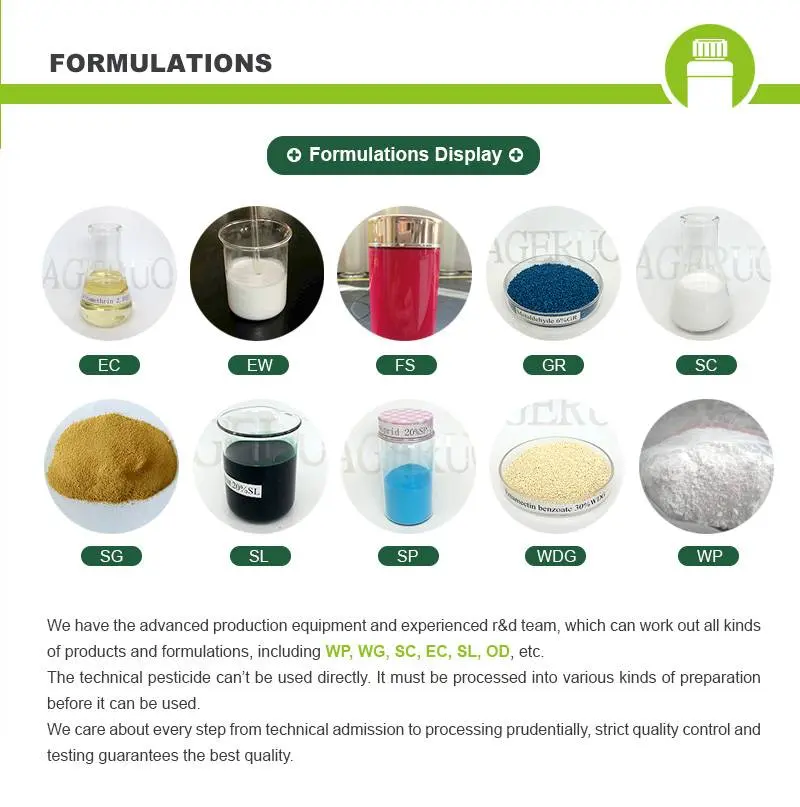

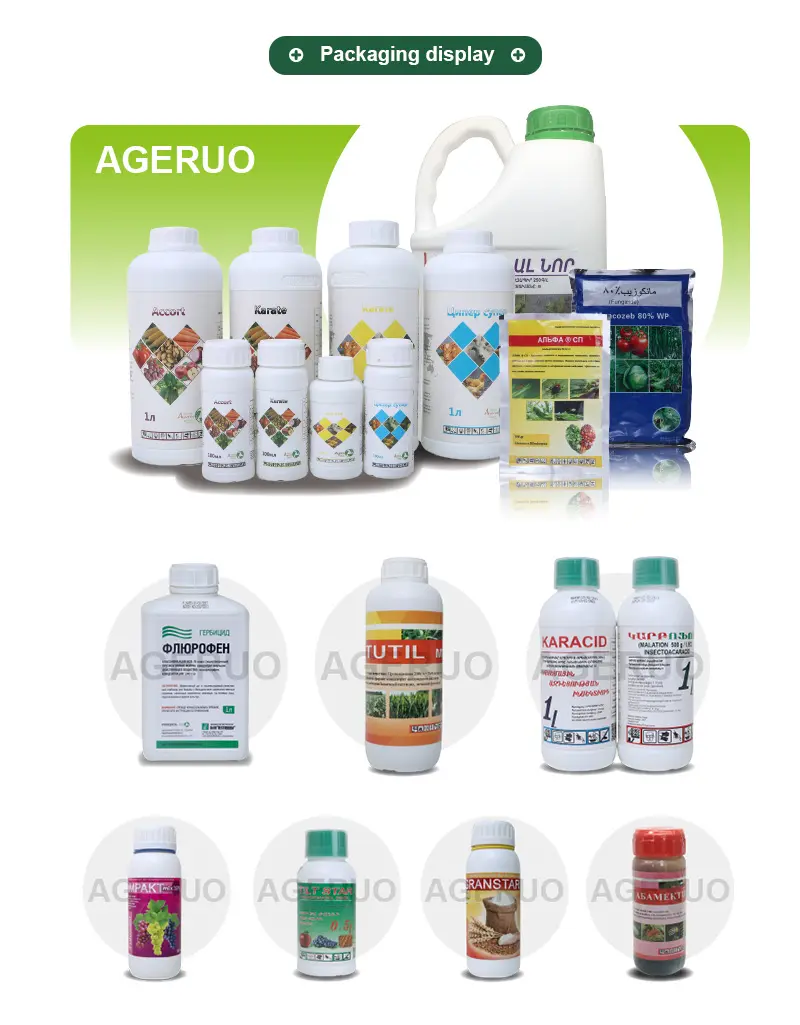


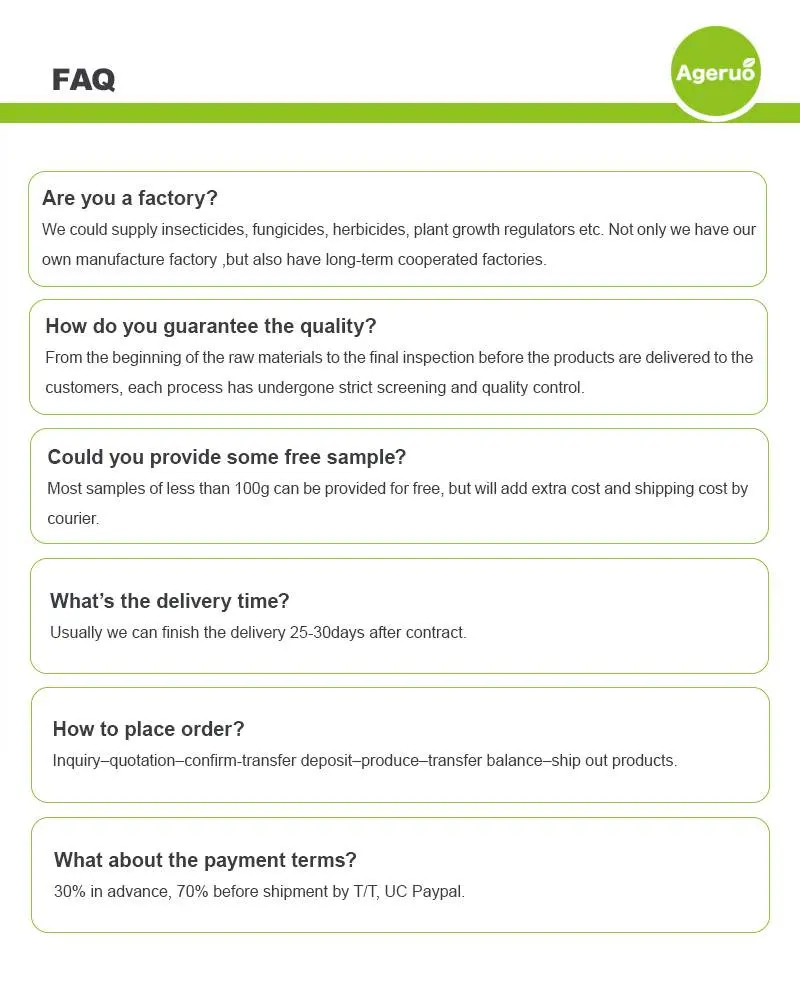


 POMAIS
POMAIS